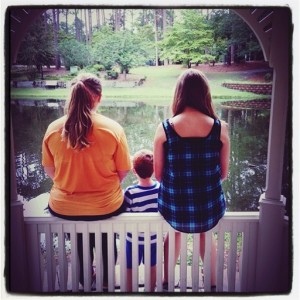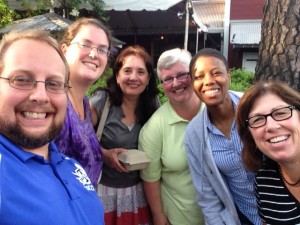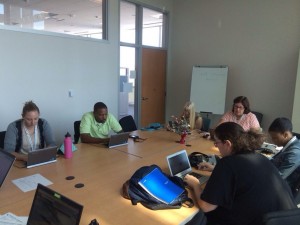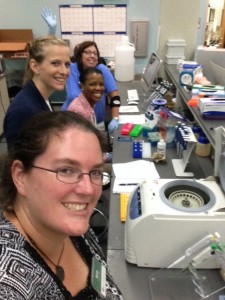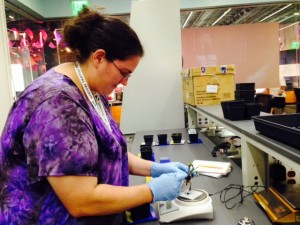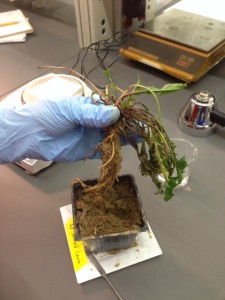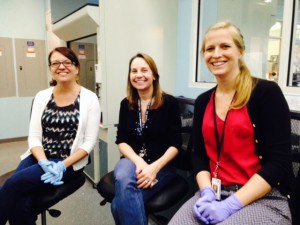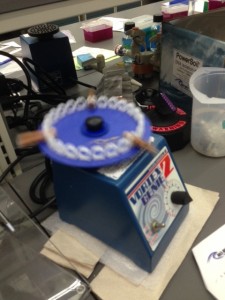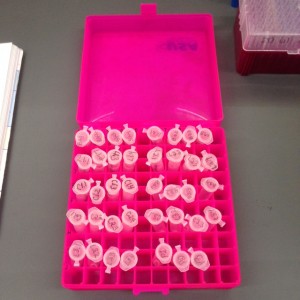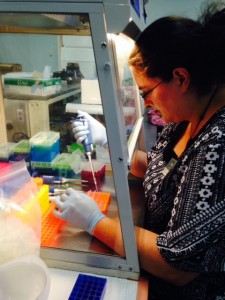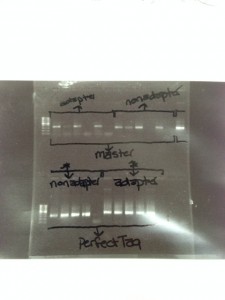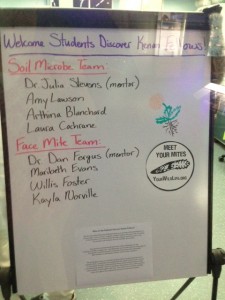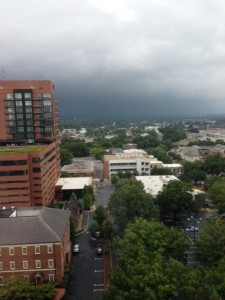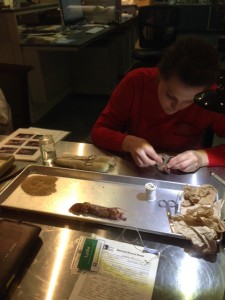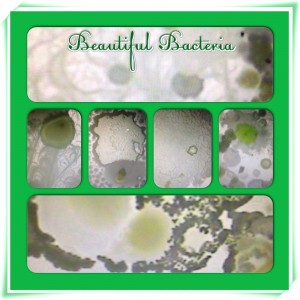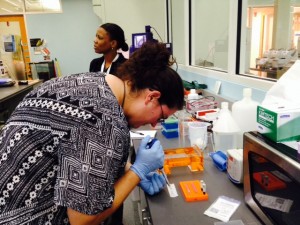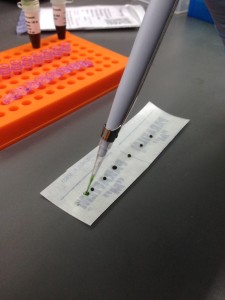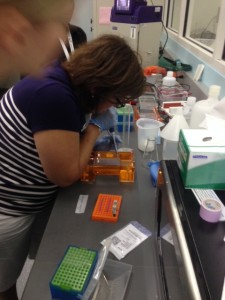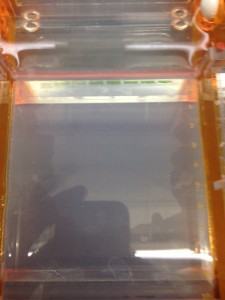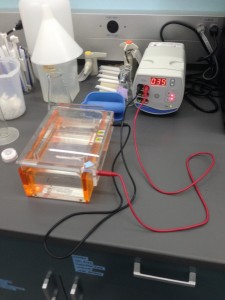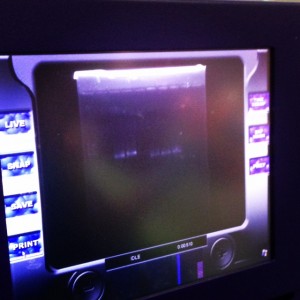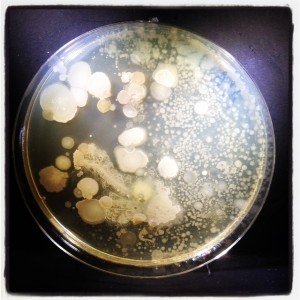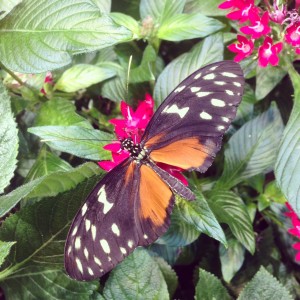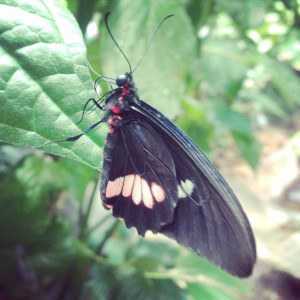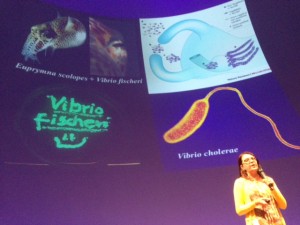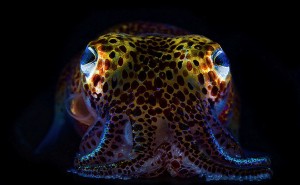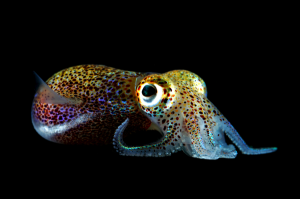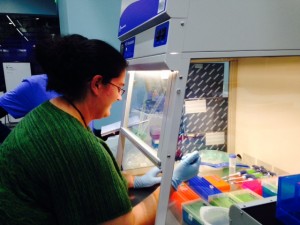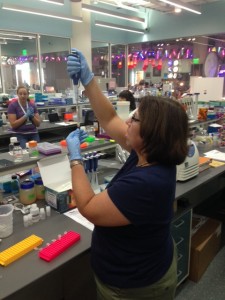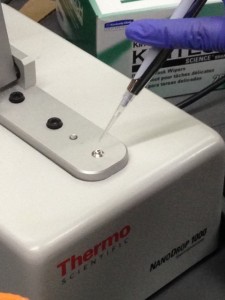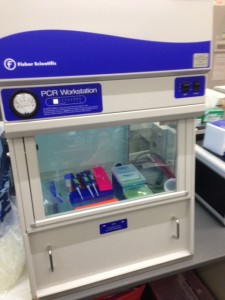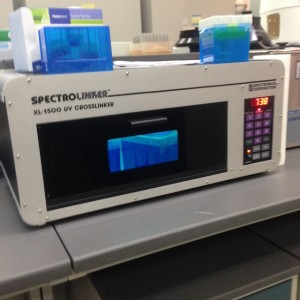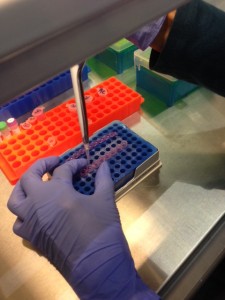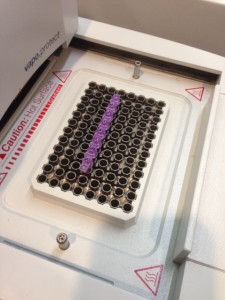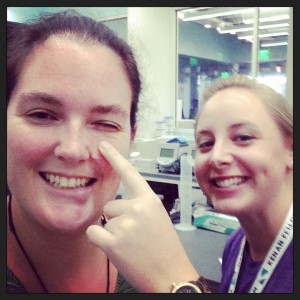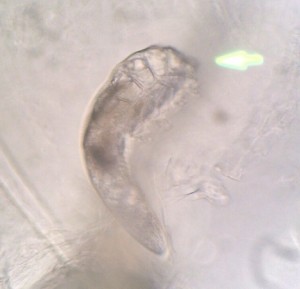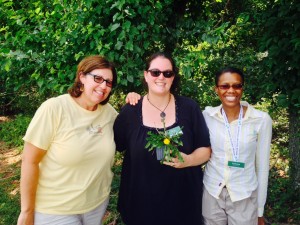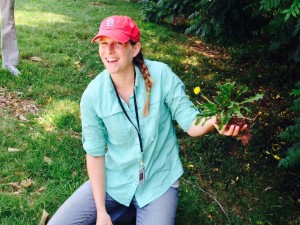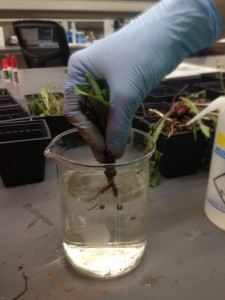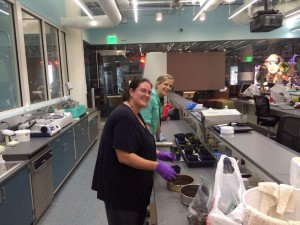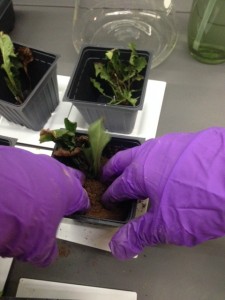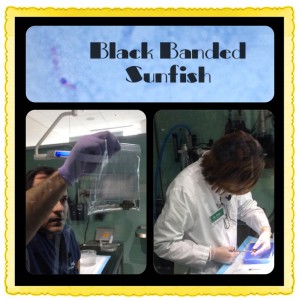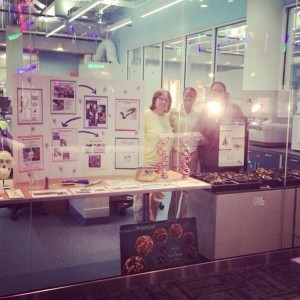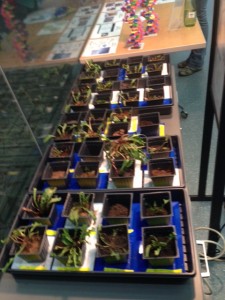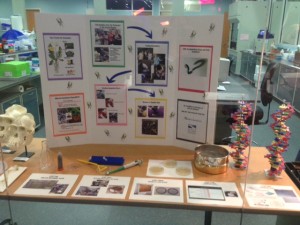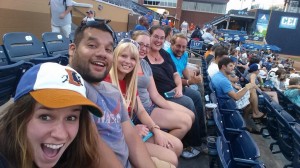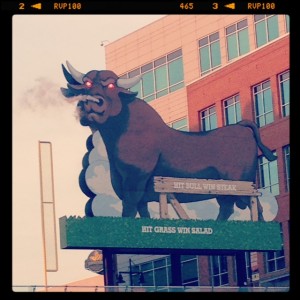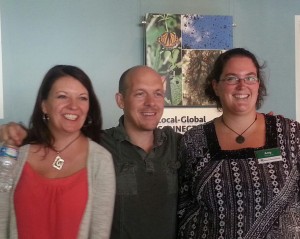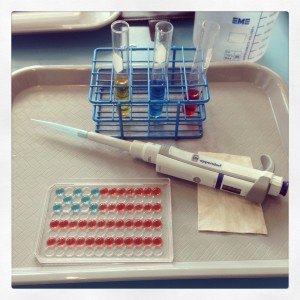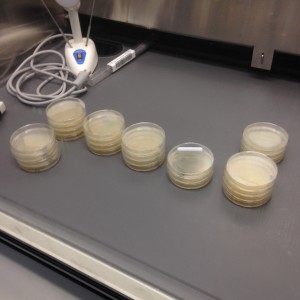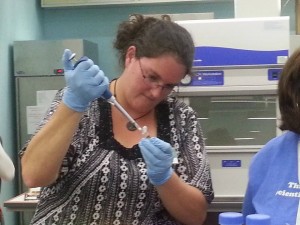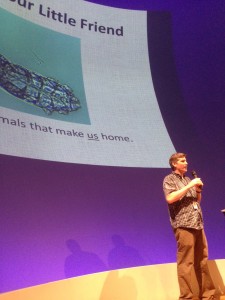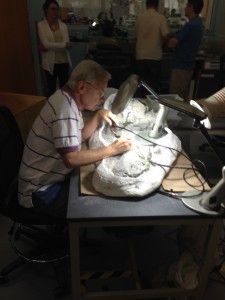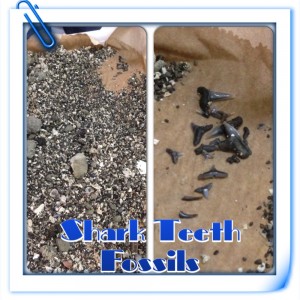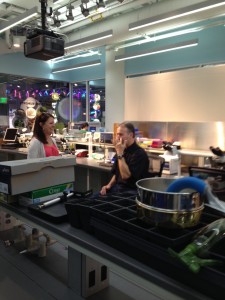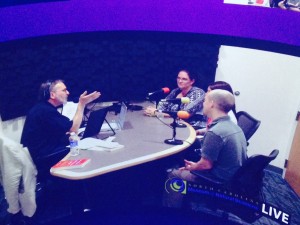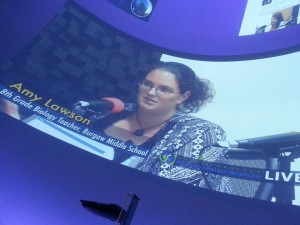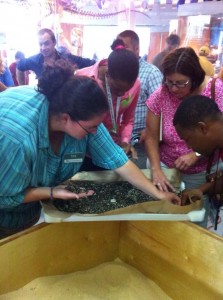 Discover, explore, and wonder! That is my A-ha take away from my Kenan Fellows Museum Adventure this summer. I had a grand adventure of exploring the outside world, bringing some of it back to the lab to explore some more, and wonder why things are the way they are.
Discover, explore, and wonder! That is my A-ha take away from my Kenan Fellows Museum Adventure this summer. I had a grand adventure of exploring the outside world, bringing some of it back to the lab to explore some more, and wonder why things are the way they are.
The picture above, of me searching through debris to try and find fossil sharks teeth was me in the middle of one of my A-ha moments. I realized how much fun I was having searching through to find as many of the teeth as possible, and it hit me that I need to make sure my students experience this sense of excitement in my classroom as often as possible.
Also, going out to Prairie Ridge was a great A-ha moment. I realized that my students need to go out and be a part of nature. They need to see science and the natural world happening around them. Even, if its something as simple as looking at bugs and watching birds. Kids need to connect to the outside world. These students of mine are digital natives, and many of them hardly go outside to enjoy just being outside. But, as I was sitting at Prairie Ridge and using my phone to take pictures, post to inaturalist, and using the Merlin Bird app it hit me, that this is the way to have my students by in to hanging out with nature. I even went home with my own kids and made sure to enjoy the natural world around them. We went and explored different geese, fish, dragonflies, and other bugs at a local park. It was a great time, and I will be sure to give my students some outside time this year.
Two of the different Species of Lady Bugs that I hunted down at Prairie Ridge. The Polished Ladybeetle and the Asian Multicolored Ladybeetle.
My kids soaking in the wonder of nature.
I also had an awesome A-ha moment when I realized how well I worked with my “Team Dirt.” Being able to work in a collaborative group strengthened my ideas, my ability to feel like I could ask questions, and our final work products always seemed to be so much better than if I had done the work all on my own. This had me realize that I need to have my students collaborate together in my classroom as often as possible. Not just when completing labs or activities, but possibly just every day to just check in with one another about what is going on in the day. It has me trying to brainstorm how I could make this happen.
Some of my awesome collaborative teachers and me!
Over all this experience with Kenan Fellows and Students Discover has rejuvenated and revitalized my goals as a teacher. It has made me want to strive to go above and beyond what I’ve already been doing, and truly give my students the best experience in, and out of, the classroom they can get.



